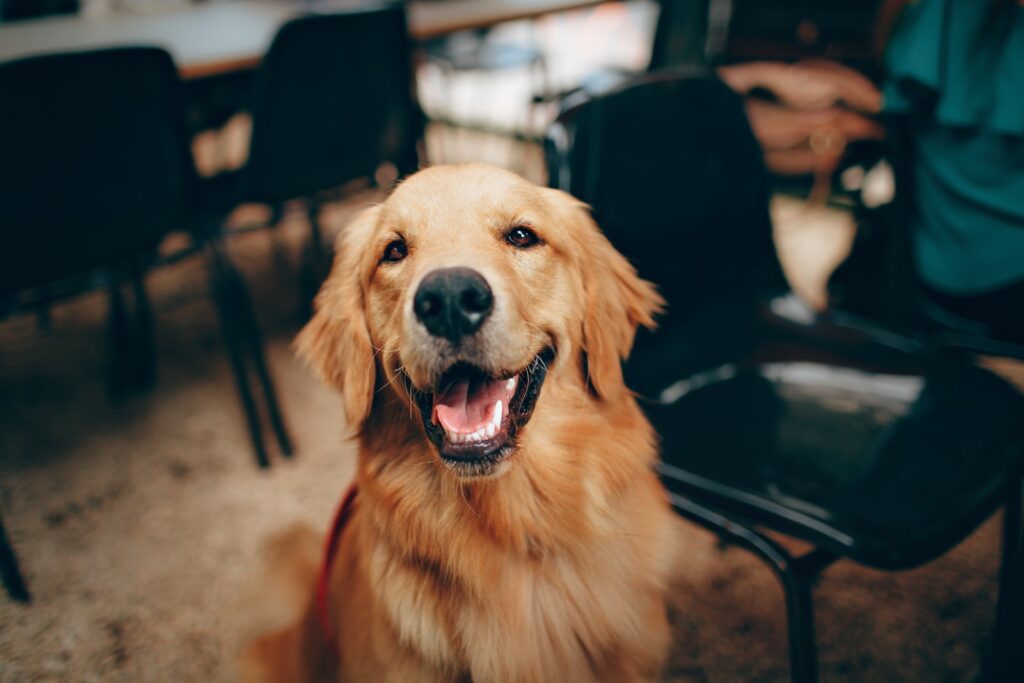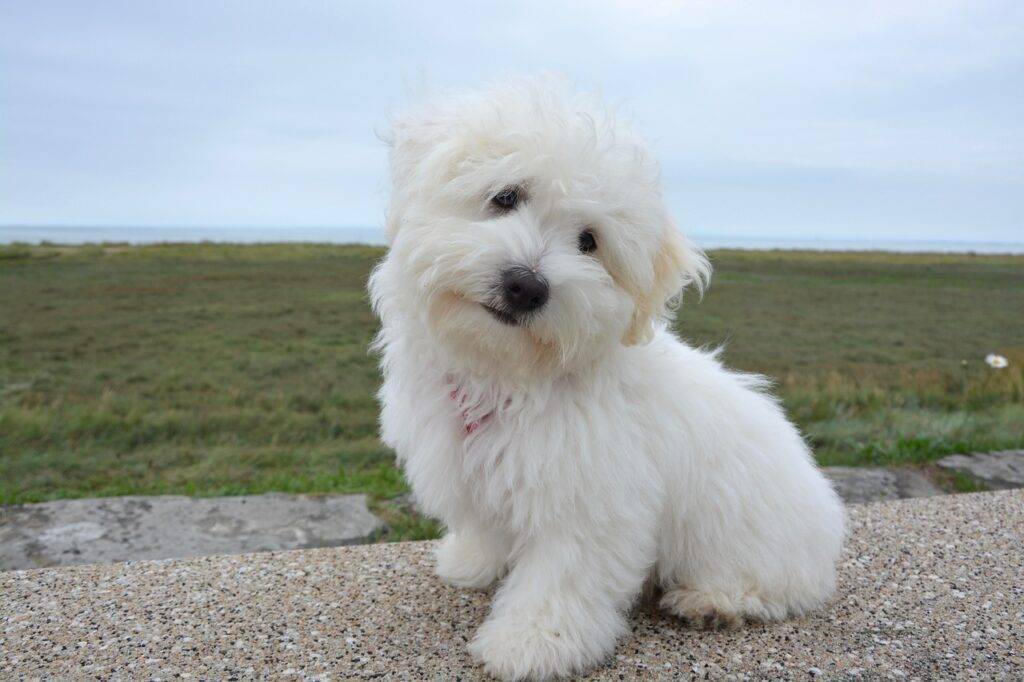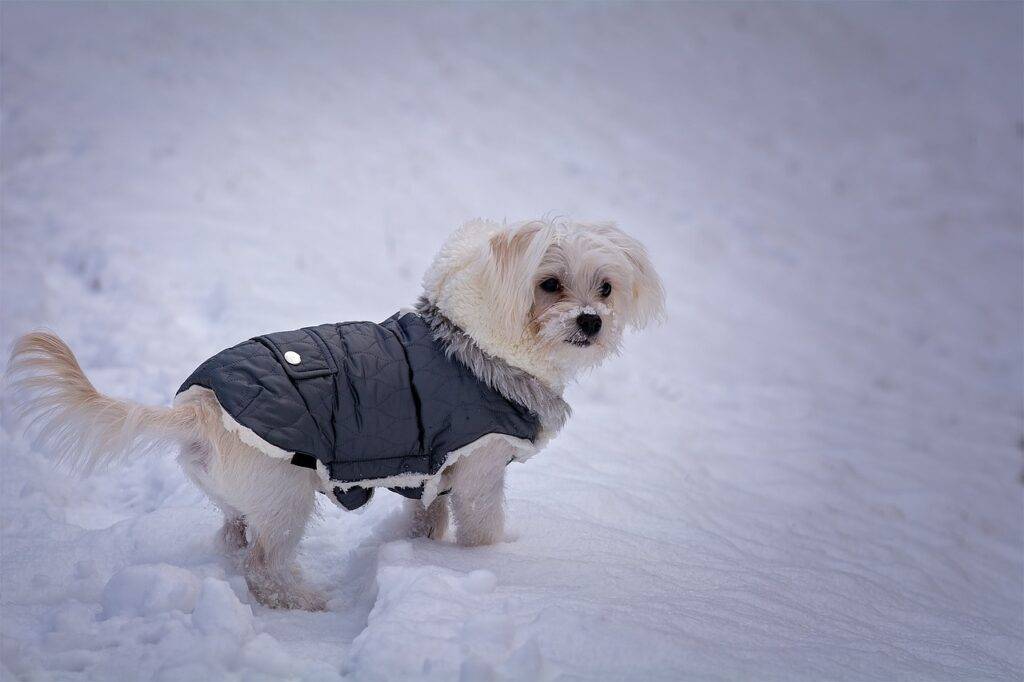Dogs, our pets hold a special place in our hearts, and we all want to ensure that they receive the very best care possible. Whether you’re a seasoned pet owner or a newcomer to the world of furry companions, this comprehensive guide will provide you with invaluable insights on how to provide top-notch care for your beloved pets. From nutrition and exercise to grooming and mental well-being, we’ve got you covered.
Understanding your dog’s coat type and grooming needs is crucial not only for their appearance but also for their overall health and comfort. Dogs come in various shapes and sizes, and their coats are as diverse as their personalities. In this comprehensive guide, we’ll delve into the world of dog coats, offering insights into different coat types and how to care for them effectively.
Table of Contents
The World of Dog Coats
Dogs are not one-size-fits-all when it comes to their fur. Each breed boasts a unique coat type, and it’s essential to tailor your grooming routine to suit your canine’s specific needs. Here’s a breakdown of the various coat types and the best practices for keeping them in top shape.

Short Coats: Sleek and Low Maintenance
Short coats are the signature look of breeds like bulldogs, beagles, and pugs. These breeds flaunt a single layer of fur that sits close to their skin, making them relatively low shedders. However, this doesn’t mean you can skip grooming altogether. Regular brushing is key to removing loose hair and evenly distributing natural oils throughout the coat. Occasional baths will help keep their skin and coat clean and healthy.
Medium Coats: A Balance of Fluffiness
Medium coats grace breeds such as retrievers, collies, and shepherds. These canines sport thicker fur than their short-coated counterparts, and they shed moderately. To maintain a medium coat, frequent brushing is essential to eliminate loose hair and prevent troublesome matting. Trimming longer strands can also contribute to a healthier, tangle-free coat.

Long Coats: Elegance with a Price
Long coats are the crowning glory of breeds like shih tzus, Lhasa apsos, and Pekingese. These dogs flaunt luxurious, flowing locks that demand extensive care to retain their splendour. Regular brushing is non-negotiable to remove loose hair and fend off matted fur. Trimming might also be necessary to ensure the coat remains healthy and tangle-free.
Double Coats: Two Layers of Fluff
Double coats are a distinctive feature of breeds like huskies, Malamutes, and Samoyeds. These dogs boast a dense undercoat beneath a longer, coarser outer layer. Maintaining a double coat involves frequent brushing to eliminate loose undercoat hair and prevent matting. Trimming the outer coat can contribute to its health and prevent tangles.
Wire Coats: Tough to Tame
Wire coats are the signature look of breeds like terriers, schnauzers, and Scottish terriers. These dogs have dense, wiry fur that can be a grooming challenge. Using a slicker brush is essential to remove loose hair and prevent matting. Periodic trimming may also be required to keep the coat healthy and tangle-free.

The Art of Regular Grooming
Beyond understanding your dog’s coat type, regular grooming encompasses a range of tasks that ensure your four-legged friend is always in their prime. Nail trimming, ear cleaning, teeth brushing, and bathing are all vital components of a well-rounded grooming routine.
Conclusion
In the grand tapestry of dog care, understanding your dog’s coat type and grooming needs is a cornerstone for their well-being. Regardless of whether your furry friend sports a short, medium, long, double, or wire coat, regular grooming is the key to a healthy, happy, and comfortable life. By following these guidelines and tailoring your care routine to your dog’s unique characteristics, you’ll not only keep them looking their best but also ensure their overall happiness and well-being. So, embrace the world of dog grooming, and let your canine companion shine!